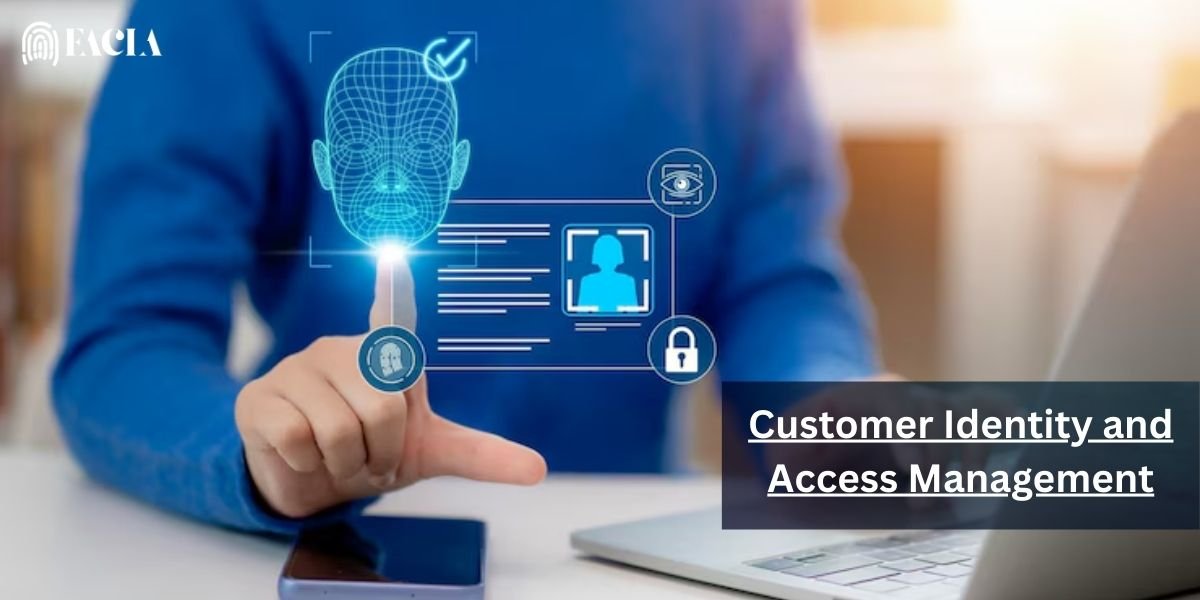The International Civil Aviation Organization (ICAO) introduced new standards that mandated the phase-out of non-machine-readable passports (MRPs) by 24 November 2015, paving the way for more advanced identification technologies. Then, following the COVID-19 pandemic, many countries accelerated the adoption of NFC-enabled passports, also known as ePassports or biometric passports, as the need for touchless verification technology arose.
According to a report published by Inverid at the end of 2024, it is estimated that approximately 174 countries are using NFC-enabled passports. The adoption of e-passports is continuously increasing as this technology not only increases the speed of the verification process but also adds an extra layer of security and makes international traveling safer.
Continue reading to gain deeper knowledge about the working of NFC technologies and their key role in identity verification processes.
Understanding Near Field Communication (NFC)
NFC works based on older technology, radio-frequency identification (RFID) principles. It utilizes an NFC chip, an NFC-enabled device, and an antenna to access and view the data stored in the chip. The technology first gained popularity through its use in credit and debit cards, which significantly improved payment methods.
After the International Civil Aviation Organization (ICAO) standardized the implementation of NFC chips in e-passports, it stores personal identification information. Nowadays, we can see NFC technology is common in both passports and ID cards that provide an extra layer of security.
The NFC chip contains authentic information, and the antenna serves as the communication medium between the chip and the NFC-enabled device, enabling information access. These devices can include specialized NFC scanners, NFC-enabled smartphones, and NFC reader terminals.
Once a successful connection is established and security requirements are met, the device can access the information stored within the NFC chip.
Explore More:
| What is Liveness Detection and How it Counters Digital Fraud in 2025 | Iris Recognition Technology – A Complete Guide to Secure Authentication |
| The Need for KYC Verification in Modern Business Landscape | AML Compliance – How Nations Combat Money Laundering and Financial Crimes |
What Is NFC Enabled Passport?
The NFC-enabled passport also known as an e-passport is embedded with a tiny electronic chip. The chips hold the person’s identity and biometric information. When going through security checks, the person can be identified easily and quickly by scanning this chip using NFC-enabled devices. In some cases, smartphones with NFC capabilities can also read the chip. This technology has significantly improved the security and efficiency of international travel.
NFC Technology and e-Passport Verifications
Because NFC technology is widely used in e-passports and ID cards, storing individuals’ personal and biometric information, many businesses have started using NFC-enabled passports and ID cards to authenticate government IDs during their employee and client verification processes. This helps businesses to identify individuals and improve their security. These types of verification processes are often referred to as NFC verifications.
Generally, businesses that need the implementation of NFC verification in their ID verification procedures, must meet the following requirements:
- The business must accept NFC-enabled passports as valid IDs.
- Their KYC and identity verification processes need to be compatible with smartphones.
What Is the Importance of NFC e-Passport Verification?
Traditional, non-digital passports rely solely on visual security features. Skilled counterfeiters can create near-perfect copies that are difficult for the human eye to detect. This poses a significant security risk for businesses that use passports for identification.
This is where NFC-enabled passports become essential. These passports require a digital device to verify the information stored on the embedded chip. It is extremely difficult for criminals to copy or alter the data within an NFC chip.
How Does NFC e-Passport Verification Work?
The NFC verification process begins by scanning the chip using the NFC-enabled device. The chip is typically embedded in either the front or back cover of the passport or may be different depending on the country. The scanning device uses RFID technology to read and verify the information stored in the chip.
Here are the steps for scanning and their working in the NFC verification:
1. Begin the Process Using an NFC Scanning App or Website
The NFC enables the passport verification process to begin when you open an app or website on your smartphone that can read an NFC chip.
2. Passive Signals Assess the Capability & Security of the Device
Once you open the app or website for NFC verification, they collect the specific device information in the background. These signals indicate whether the device has an integrated NFC reader to scan the chip and meets the security standards. Typically the smartphones built after 2015 are compliant with ISO/IEC 14443 standards, and are compatible.
Note: If a device lacks NFC functionality or security requirements the verification process will be terminated.
3. Choose the Type of Document and Take a Photo
If the device meets the NFC functionality, the system will prompt you to select the document for verification from the given options. You must select the NFC to enable the passport to move on to the next step.
Usually, the system asks the user to provide a high-resolution passport image. The system then uses OCR technology to extract the information automatically from the photo and validate its accuracy and authenticity. That information includes passport number, date of birth, and passport expiry date.
4. NFC Chip Authentication and Data Extraction
After validating your information, the system will prompt you to place the NFC sensor over the chip within a short proximity (typically < 4 cm) for scanning. The chip may be located on the front or back cover of the passport.
The device will initiate an authentication protocol and transmit the previously extracted passport number as a cryptographic key to access the information from the chip.
5. Device Successfully Get the Information From Chip
Finally, after completing the 4th step, the encrypted information stored in the NFC chip will decrypted and the device will be allowed to get this information. This information usually contains the passport holder’s personal and biometric information for verification.
What Are the Benefits of NFC e-Passport Verification?
NFC enabled passport verification offers a typical leap forward in security and efficiency compared with traditional passport checks. Businesses and border control agencies can enhance their identity verification and reduce fraud risks by leveraging the embedded NFC chip. Here are the key benefits of NFC enabled passport:
- Enhanced Security: It’s almost impossible to forge an NFC chip and its digitally signed data. This makes it challenging for fraudsters to bypass the security of businesses and travel authorities.
- Increased Efficiency and Scalability: The automatic data retrieval features of NFC technology can drastically reduce identity check times. This automation eliminates manual reviews and improves scalability in areas like Airports where high-volume ID verifications are needed.
- Contactless and Hygienic: NFC e-passport verification uses sensor-based devices for data retrieval from a short distance. The contact-less verification approach promotes hygienic practices that are essential in traveling.
- Widespread Compatibility: Modern smartphones are equipped with NFC readers, and many countries issue e-passports. This widespread adoption enhances the technology’s practicality.
- Simplified Implementation: Integrating NFC verification into businesses existing IDV workflows is generally straightforward, especially for those already using mobile-based verification technology.
Is NFC Enabled Passport Truly Secure? Challenges and Limitations
While an NFC-enabled passport is efficient, contactless, and more secure, there are still some challenges and limitations it faces. These are:
- Lost or stolen e-passports can be misused for data manipulation or impersonation.
- Not all devices are compatible with NFC verification.
- Interoperability issues may arise due to varying international standards, hindering seamless cross-border verification.
- The rise of AI-driven remote verification technologies could potentially render NFC technology obsolete in the future.
Summary
NFC enabled passports or e-passports are widely adopted technology due to their high speed and more secure identity verification capabilities. Unlike traditional passports, they carry encrypted personal and biometric information stored in an embedded chip. Which makes it challenging for bad actors to forge e-passports. The information verification process is also fast and can be done by using NFC-enabled smartphones or tablets or special NFC scanners.
FAQs About NFC Chip Passports
What is NFC enabled passport (e-passport)?
An NFC enabled passport is a passport that carries an embedded small electronic chip known as an NFC chip. This chip stores the passport holder’s personal and biometric information that can be verified using NFC devices.
How do I know if my passport is biometric?
To check whether your smartphone is NFC enabled or not, go to your phone’s settings and look for “NFC” or “Near Field Communication” in the connection or wireless settings. If you find it, that means your device has integrated NFC.
Could NFC e-passports become obsolete?
Possibly, as AI-driven remote verification technologies improve day by day, the need for physical chip scanning may disappear.
Where is the chip in my passport?
You can locate a chip embedded within the front or back cover of a biometric passport. The exact location can vary by country, but the e-passport usually displays the ICAO symbol on the front cover.




